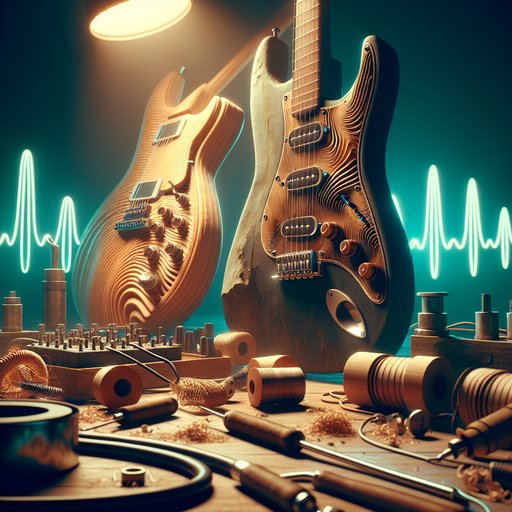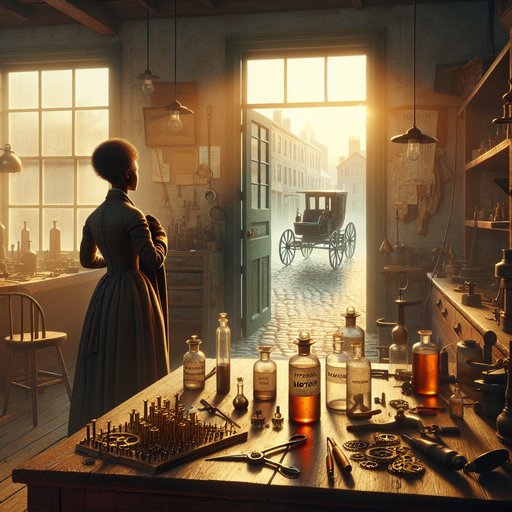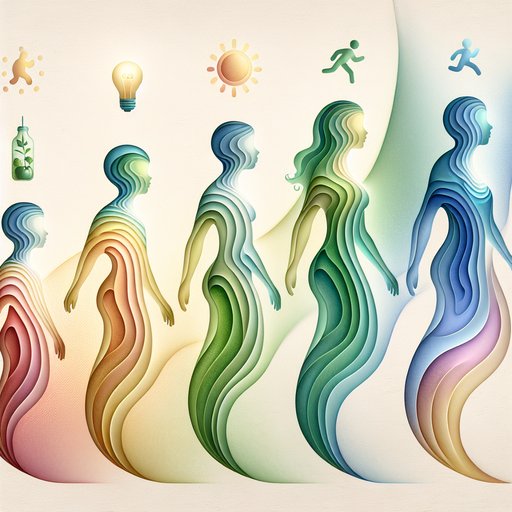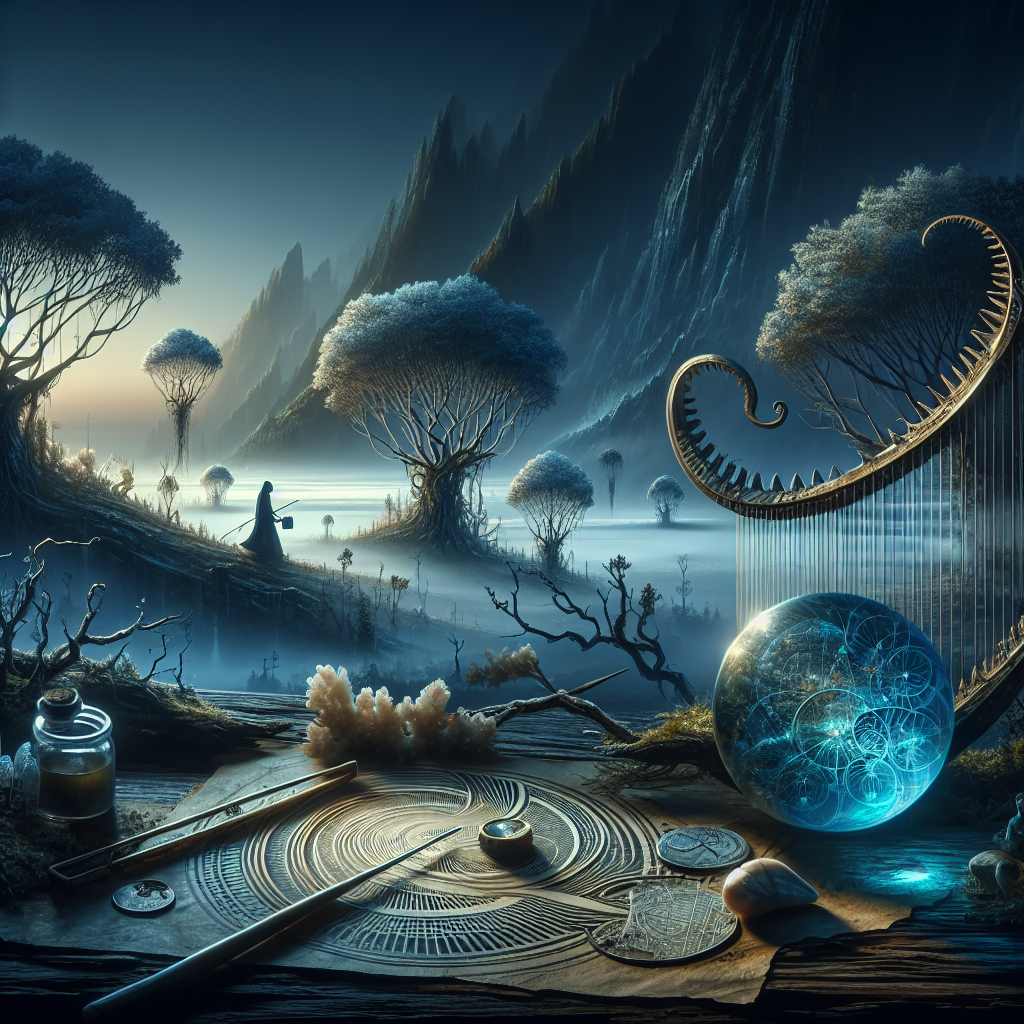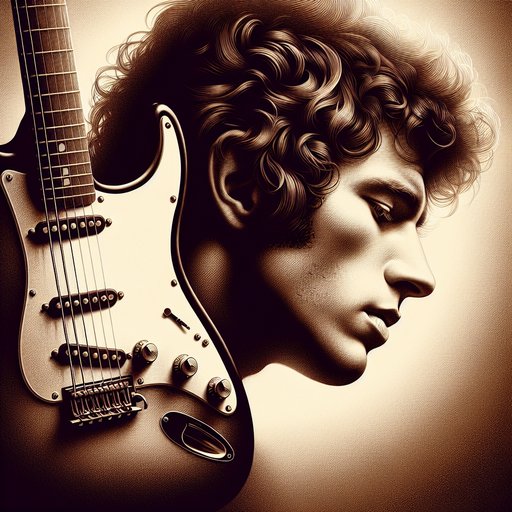 The history of modern music cannot be told without highlighting the integral role that guitars have played. Among these guitars, the Fender Stratocaster reigns supreme due to its distinctive sound and iconic design. One artist who has harnessed its power more extensively than anyone else is the indomitable Eric Clapton.
The history of modern music cannot be told without highlighting the integral role that guitars have played. Among these guitars, the Fender Stratocaster reigns supreme due to its distinctive sound and iconic design. One artist who has harnessed its power more extensively than anyone else is the indomitable Eric Clapton.
Eric Clapton's relationship with the Stratocaster dates back to the 1970s. From the soulful blues licks that gave birth to his nickname 'Slowhand', the Stratocaster became an indispensable tool for Clapton. His unique playing style, a blend of powerful chord progressions and fluid solo work, needed a guitar that could keep up. The Stratocaster did just that, providing adaptability which is a testament to its ingenious design.
Clapton's first 'Blackie', a customization of several 1950s Stratocasters, is perhaps the most famous. It had the features Clapton loved: a V-shaped neck to accommodate his thumb-over playing style; the Custom Shop '69 single-coil pickups providing the gritty blues tone, and the Fender Vintage NoiselessTM Strat pickups showing Fender's commitment to evolve their offering, just like Clapton's music. The significance of the Stratocaster is recognized by many other musicians, but Clapton's admiration for the instrument goes beyond just performance. His charity, Crossroads Centre, benefited from the auction of his beloved 'Blackie', fetching a record-breaking $959,500 in 2004.
This signaled not just the historical value of the instrument, but Clapton's love for it. Clapton's bond with the Stratocaster is a reflection of the close connection many artists share with their instruments. It also highlights the critical role that brands like Fender play in the creation of timeless music. Their commitment to quality and constant innovation ensures artists' various needs and preferences are catered to.
While the Stratocaster's design has changed over the years to cater to the changing needs of musicians, its simplicity, versatility, and iconic sound remain. It is proof positive that the enduring foundations laid by Leo Fender in the 1950s still remain relevant in today's music. In conclusion, the relationship between Eric Clapton and his Stratocaster personifies the symbiotic relationship between musician and instrument, a bond forged in creativity and performance. It's a stirring testament to the way an artist can shape a tool into an icon, and how that icon, in return, can define the artist.


















